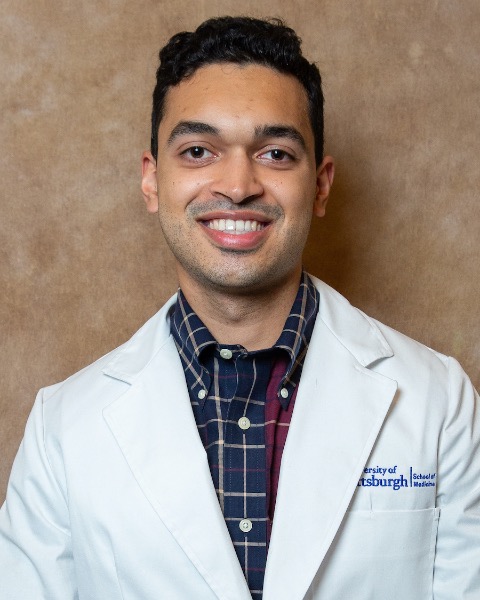A Novel Murine Cerebral Vasospasm Model Reveals Inflammatory Temporal Dynamics of Vasospasm
Friday, April 21, 2023

Aditya Mittal, BS
medical student
University of Pittsburgh / UPMC
Pittsburgh, Pennsylvania, United States
ePoster Presenter(s)
Introduction: Vasospasm is a major cause of high mortality and morbidity following aneurysmal subarachnoid hemorrhage (SAH). Reliable and easy to replicate mouse models of SAH can serve as powerful tool to understand the cellular and molecular mechanisms contributing to vasospasm following SAH. Therefore, we sought to develop a murine model of SAH capable of producing replicable constriction in the Circle of Willis with complementary cytokine release.
Methods: Autologous blood was collected from the facial vein of female C57BL/6 mice. Blood was heparinized and 60 microliters was injected slowly into the basal cistern over the period of 1 minute using a stereotaxic frame. Intravenous blood samples were collected at timepoints 0, 3, and 7 days post SAH. At study endpoint, mice were perfused with carbon black ink to visualize the degree of vasospasm. Whole blood was analyzed using semi-quantitative cytokine arrays for 96 different inflammatory proteins.
Results: Degree of vasospasm was found to increase from day 0 following SAH, to 20-25% on day 3, and peaking at the 7-day timepoint with up to 40% vasospasm in select vessels within Circle of Willis. A preliminary analysis of cytokine expression from whole blood samples revealed significant increases in cytokines namely the CXCL family and the macrophage inflammatory protein at day 3 and 7 timepoints compared to day 0.
Conclusion : Autologous injection of blood into the basal cistern is a simple replicable model of SAH with accompanying robust vasospasm up to a week post induction. Cytokine profiles align with induction of SAH and corresponding vasospasm leading to broad inflammatory response that increases over time.
Methods: Autologous blood was collected from the facial vein of female C57BL/6 mice. Blood was heparinized and 60 microliters was injected slowly into the basal cistern over the period of 1 minute using a stereotaxic frame. Intravenous blood samples were collected at timepoints 0, 3, and 7 days post SAH. At study endpoint, mice were perfused with carbon black ink to visualize the degree of vasospasm. Whole blood was analyzed using semi-quantitative cytokine arrays for 96 different inflammatory proteins.
Results: Degree of vasospasm was found to increase from day 0 following SAH, to 20-25% on day 3, and peaking at the 7-day timepoint with up to 40% vasospasm in select vessels within Circle of Willis. A preliminary analysis of cytokine expression from whole blood samples revealed significant increases in cytokines namely the CXCL family and the macrophage inflammatory protein at day 3 and 7 timepoints compared to day 0.
Conclusion : Autologous injection of blood into the basal cistern is a simple replicable model of SAH with accompanying robust vasospasm up to a week post induction. Cytokine profiles align with induction of SAH and corresponding vasospasm leading to broad inflammatory response that increases over time.
